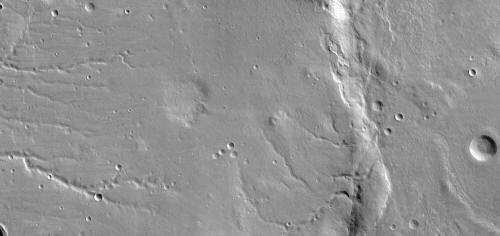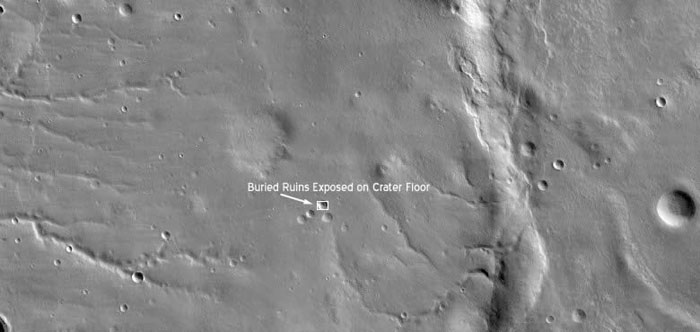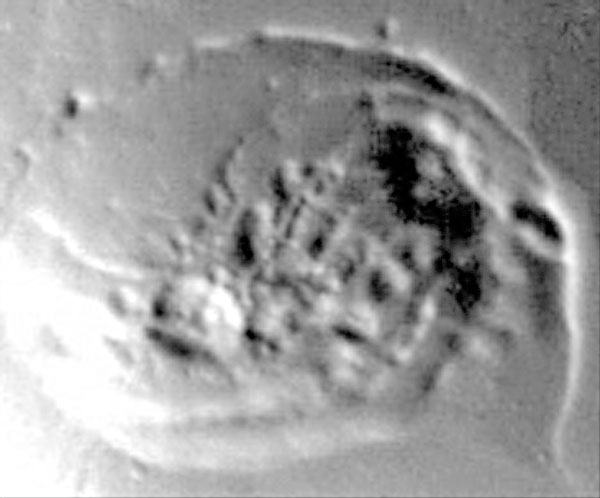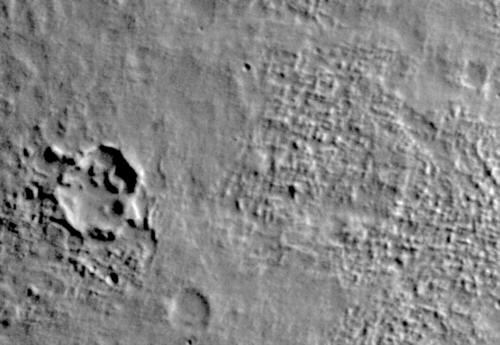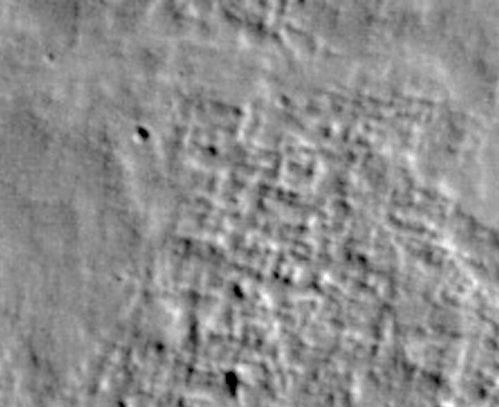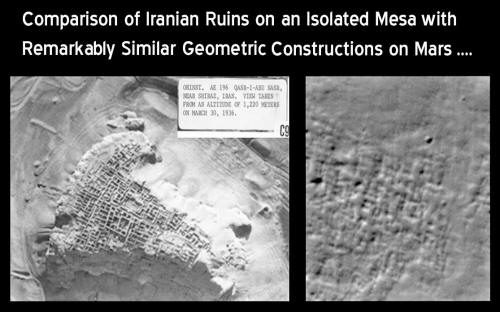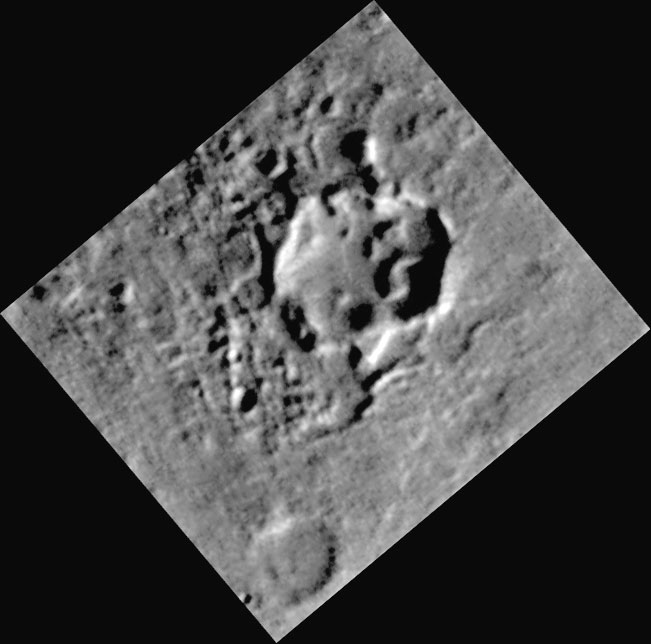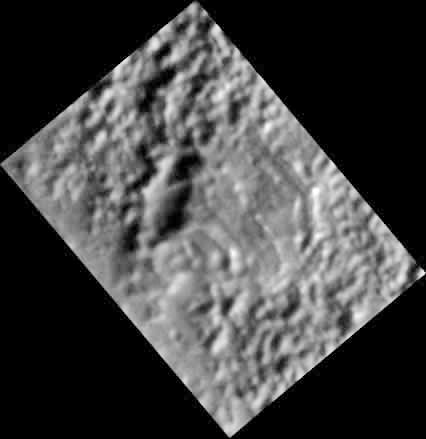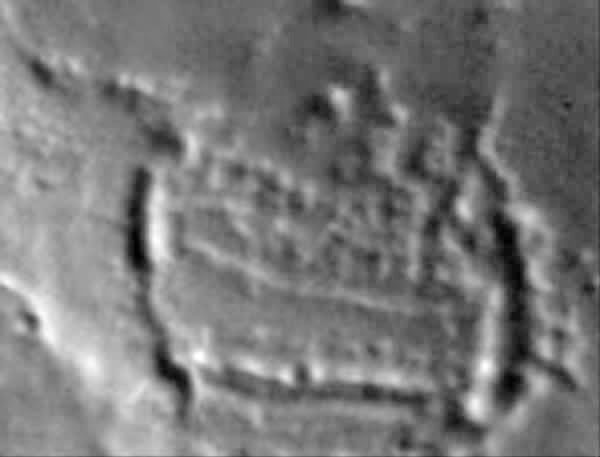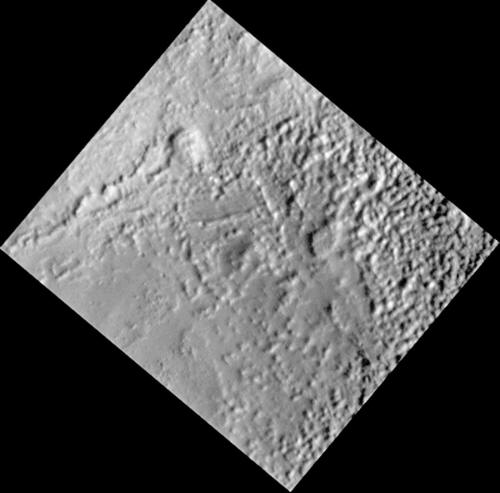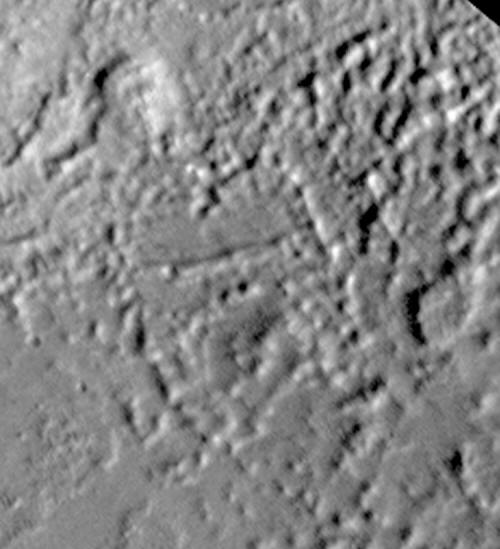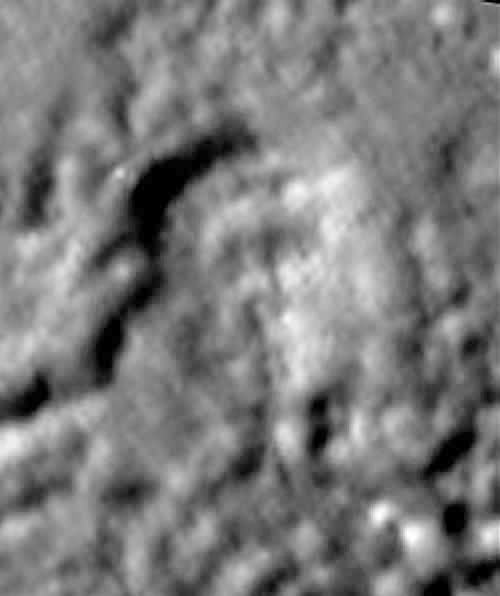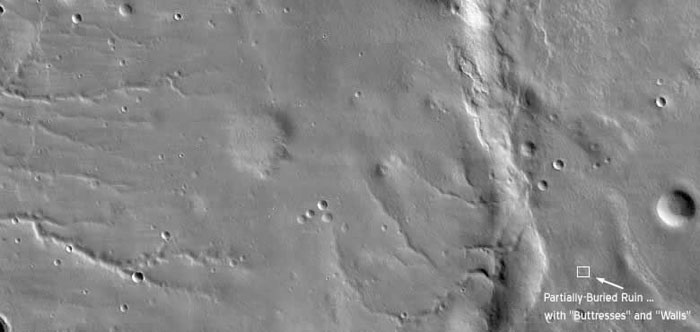|
by Richard C. Hoagland
from
TheEnterpriseMission Website
When I was a kid growing up in Maryland
in the 1950’s, one day I stumbled across an old book in the library
with the
It was written (so the title page
revealed) by an author with an equally unusual-sounding name --
"Edgar Rice Burroughs" ... in a year that seemed to a wide-eyed
ten-year old almost as ancient as the Pyramids themselves: 1917!
Then, like John Carter -- the hero in Burrough’s
extraordinary tale -- almost at once, I found myself on Mars...
A world where past glories and untold
ancient wonders still lurked -- invisible, but tantalizingly
close-by -- "beneath Barsoom’s desert sands" ....
When this stunning "Martian ruin" (below, right) is compared to similar structures here on Earth -- as in this 1936 aerial photograph of a long-abandoned "~eighteen hundred-year-old Sasanian Palace" in Iran (below, left) -- the eerie geometric similarity is instantly apparent. The MRO HiRISE 20-inch telescope/CCD camera system -- even from an altitude of more than 1500 miles -- clearly has resolved remarkable, intricate, architectural details (below) of this impact-excavated subterranean "Martian complex" ....
Other areas of this detailed MRO mosaic (below) exhibit even more extensive evidence of ancient, still partially-buried architectural remains.
Here (below) is a close-up of the area outlined in white above. The scale (derived from the original, extremely large MRO mosaic) is "586 feet per inch" (~8 feet per pixel). Note the clearly rectangular (and even cubical) features regularly patterning the entire right-hand side.
A further sectional enlargement of this
section of the image (below), reveals even more clearly these
striking structural details -- some appearing as "ghostly"
rectangular outlines, still mantled with their eroding overburden of
reddish Martian dirt..
Another terrestrial comparison (below) emphasizes the totally "un-natural" appearance of this Martian geometric network ... and what it actually, strikingly resembles.
Another close-up from the same MRO
mosaic (rotated 50 degrees, clockwise -- below) demonstrates that
not all "quasi-circular features" on Mars are simple "impact
craters."
Other examples of solitary, massive buildings with significant portions still identifiable --and, surrounded by arrays of partially-buried, smaller, carefully aligned structures -- can be found elsewhere in this remarkable MRO mosaic (below).
A close-up enlargement (below) of the ruins found in this small canyon (processed by Keith Laney -- with sunlight coming from the upper right) reveals a variety of additional geometric forms ... including, organized features clearly representing surviving portions of more single, massive structures ... some also hundreds of feet across (below).
Laney’s processed close-up of one of
these objects (below -- rotated clockwise 50 degrees) reveals a
series of flat planar facets, sharp 3-D angles and a "glass-like"
translucence to its surface and interior ... all in one
~600-foot-wide geometric object ... and all, decidedly
"non-geological."
Just east of the previous close-up lies THIS highly geometric ruin (below), revealed lying almost intact in the bottom of a ~2000-foot-wide collapse feature (NOT an impact crater!), within this ancient canyon wall ....
Noteworthy is the fact that
similar-scale, geometrically-spaced objects appear to lie on the
ground surface all around this wide depression. Yet, revealed by the
collapse, this "complex" at the bottom obviously lies several
hundred feet below this surrounding surface ... indicating that,
either an entire, single massive structure fell almost undamaged
into a "hole" which opened up in the surface (unlikely) ....
or....
Not too far away, another magnified
close-up (also taken from the original MRO mosaic, and also rotated
~50 degrees, clockwise -- below) reveals another startlingly
geometric "complex" of carefully aligned objects, apparent "plaza’s"
... contained inside startlingly rectangular "walls" ... and more
neatly aligned rectilinear "architecture."
As you look at this mosaic in detail,
the one-time intelligent organization of all these features is still
evident despite the untold millions of years that have ensued since
whatever planetary catastrophe occurred obviously destroyed this
major Martian "city" ... then, completely buried it!
Here (below), oversampled by 4X, is this
same curious-looking object.
Several miles away, "downstream" in another section of the mosaic (below) -- in the sediments forming the flat bottom of the ancient "outflow channel"...
...the ghostly square outline of another
"several-hundred-foot-wide structure" -- this one complete with
sweeping "butresses" and two geometric lines of standing "walls"
(below) -- pokes up through the eroding sands in this 50-degree,
clockwise rotation from the larger image above .... Return to Mars or Continue with "Mars Reconnaissance Orbiter and "The Lost Cities of Barsoom"" → |

 distinctive
title, "A Princess of Mars."
distinctive
title, "A Princess of Mars." 
